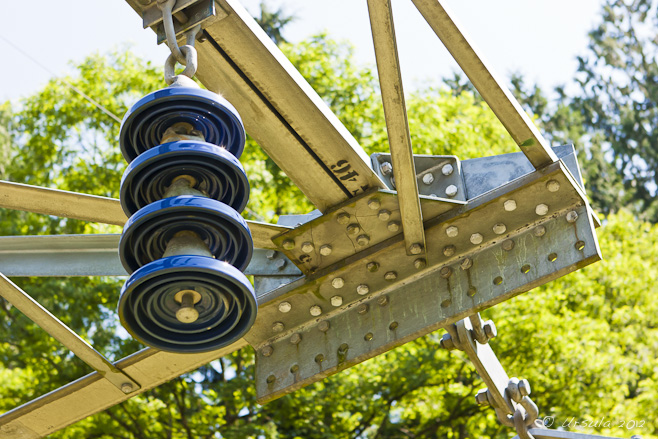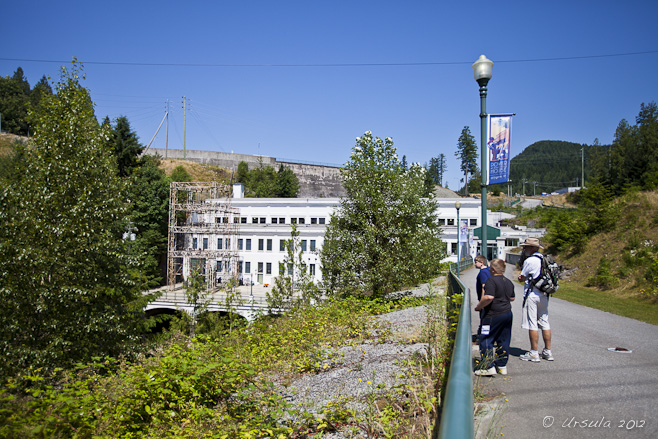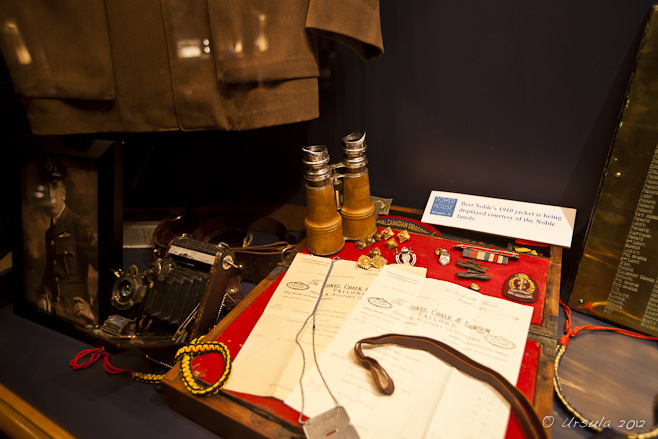
Energy, the costs of energy, and the real costs of renewable energy are hot topics in our house and our neighbourhood at the moment. In Australia, black coal has traditionally accounted for more than half the country’s energy production. For almost 20 years, I’ve been paying extra on my electricity bills to help promote the development of renewable energy; seemingly to very little effect, as only 1.7% of total production (2009 figures) is from renewable sources. In 2010, the Australian government introduced schemes – large and small – aimed at increasing the proportion of renewable energy to 20% by 2020.
Good idea, surely: but it opened the floodgates for some poorly thought-through but well intentioned plans; some enterprising profiteering; and some outright scams. Our townhouse benefited from government-subsidised ceiling insulation, so when our hot-water heater exploded, we were ineligible for a rebate on the solar hot water that we installed. It would seem that all the current “sales” on domestic solar roof-panels stop just short of our small town, so the ones we are installing will take years to pay for. All part of the cost of sustainable energy…
For the sake of putting my money where my mouth is, I’m prepared to foot these bills. Some costs, however, are too high.
Late last year we attended a local public meeting in Eden, Australia, to discuss the proposed seven-turbine wind farm on the headlands of Twofold Bay. Opponents risked being called “NIMBYs” (Not in My Back Yard!) and worse, because wind energy, the fastest growing renewable energy sector worldwide, is virtually pollution-free and one of the lowest-priced renewable energy sources. However, location is everything, and as long as we still have options, detracting from beautiful coastal views by building turbines three-times the height of Boyd’s Tower on Red Point seems insane.
Canada has always generated a significant part of its electricity from hydroelectric dams: many built before the environmental costs to local ecosystems were assessed in quite the same way as they would be today. I always took hydropower for granted; we used to boat and fish in the lakes created by dams, and I remember visiting a power plant in the Rocky Mountains as a child. Of course, now I am more aware of the huge impacts of new dam projects on down-stream watercourses, and the communities and wildlife that depend on them.
But, we have been consuming energy for a long time and we have to get our power from somewhere.
While I was in British Columbia (BC) last July, I was intrigued by the opportunity to visit a hundred-year-old powerhouse at Stave Falls; once BC’s principle source of hydroelectric power. So, my husband and I borrowed a couple of children and set off for an afternoons’ exploration.

The Stave Falls Powerhouse, originally built in 1912, now operates as a museum/educational facility.

The museum houses memorabilia from the early days of the Powerhouse’s conception and construction…

… examples of local flora and fauna…

… and hands-on displays.

Looking down over the generator hall, with the turbines and generators installed in 1912.

Remember this?

Generator – circa 1912.

Alternating ammeter ~ of course!

The power station’s original penstocks: floodgates controlling intake to the turbines.

Rusty pipes: original penstocks.

Original turbine.

Hundred-year old switches.

More old switches.

Almost abstract: Ancient electrical bits and pieces.

Almost abstract: metal parts.

“Next to Sunlight”
Electricity ads through the ages.

Electricity meters.

Old electrical machinery.

Watt meters and time keepers.

Downstream from the dam: the MV Shirley, a tug used on the reservoirs to gather up timber and debris.

Original glass insulators.

Blasting spike in the rock wall.

At the entry/exit there is a crossing to the upstream side.

Keep out of the dam!

The extensive waters of Stave Lake lie beyond… where the newer Alouette-Stave-Ruskin generation system is harnessing electricity further upstream.
The world has changed so much in the hundred years since this power station was first opened – electricity is such a part of our lives that world consumption of exajoules per annum is more than ten times what it was back then. On average, each of us is consuming more than two and half times what individuals used in 1912.
 As long as we keep using it, we have to come up with ways of producing it – and minimal-impact, renewable sources like waves and water, sun and wind, do seem like the only viable options.
As long as we keep using it, we have to come up with ways of producing it – and minimal-impact, renewable sources like waves and water, sun and wind, do seem like the only viable options.
I wonder what it will all look like in another hundred years?
Pictures: 27July2012





























.jpg)


The world has come a long way & as u say what will the next century bring us? Lovely!
Great Post Ursula, what was the outcome for Ben Boyd Point. I happen to think Windfarms are beautiful, serene and practical but some places of significance such as Ben Boyd need to be considered very carefully. thanks for the share
Hi Signe!
I can’t find any late updates on our local wind farm – I don’t know if the proposal finally died, or if it is still sitting on a government approval desk. Fingers crossed!!
I, too, think wind farms are beautiful: in the dry hills of a prairie landscape (eg. California and other western US states); out behind grazing lands and an occasional lake (eg. Lake George, NSW); in short, in large spaces where people don’t have the need or desire to get too close!